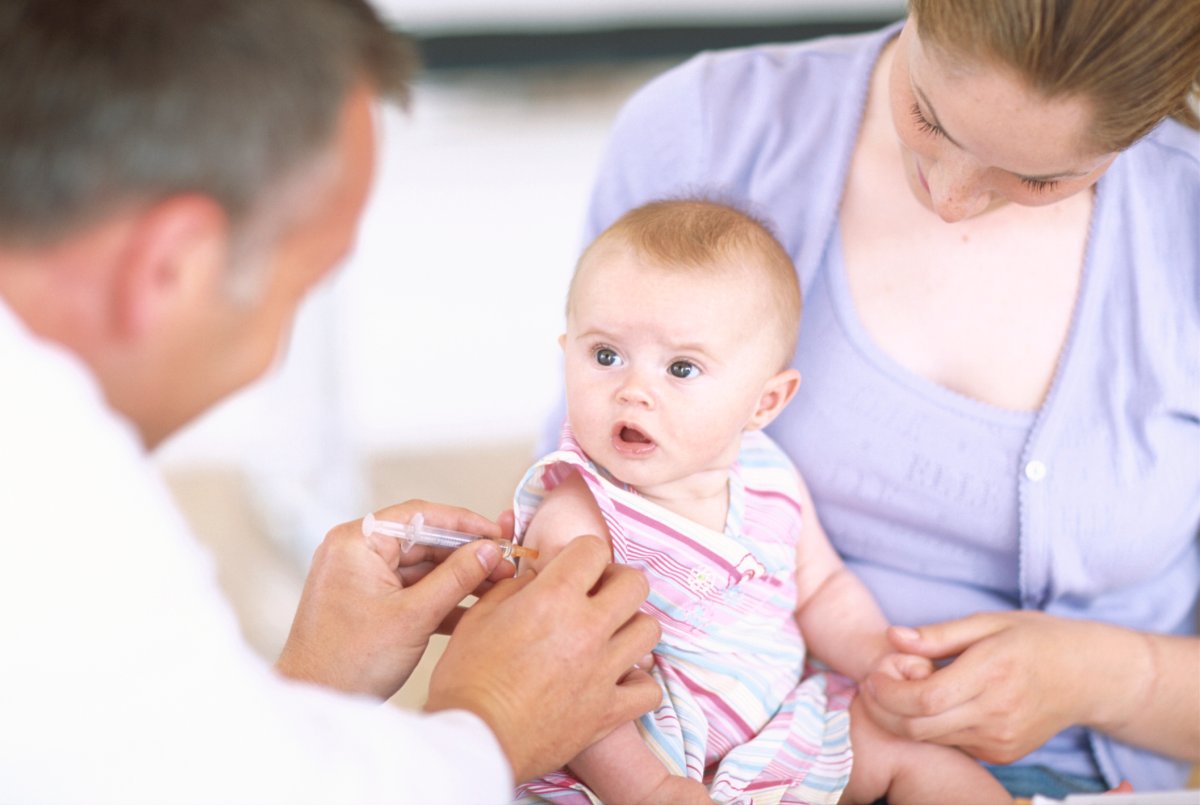Don’t put all the blame for Canada’s falling childhood vaccination rates onto anti-vaccinating parents – “fence-sitting” parents are those who are actually at the root of the issue, a new C.D. Howe Institute report says.

According to the report, public health officials should shift their focus and efforts towards parents who partially – but not fully – immunize their children. It’s these parents, the study authors say, who are the ones most responsible for recent outbreaks of vaccine-preventable infectious diseases.
“Recent outbreaks of infectious disease are stark reminders of the dangers they pose and the need for expanded vaccination coverage,” the authors said in a press release. “This should also cause public health officials to take pause and look at the alarming status of vaccination coverage among Canadian children.”
READ MORE: Mumps outbreak raises issues over vaccination responsiblity
The reasons for this, researchers say, include complacency, costs associated with taking time off work and the effort to both access a provider and weigh the benefits and risks of vaccination.
“A vocal few Canadians – perhaps two per cent of the population – hold anti-vaccine views, but they are not the main reason for insufficient vaccination coverage, and arguably too much attention and energy are spent trying to engage them,” the authors said. “Frustration with vocal individuals who hold anti-vaccine views and the wide-ranging reasons for incomplete childhood
“Frustration with vocal individuals who hold anti-vaccine views and the wide-ranging reasons for incomplete childhood immunization might lead some to favour compulsory approaches as solutions, such as removing parents’ option to object conscientiously to having their children vaccinated.”
These approaches would not work, the authors point out. They believe it would be more difficult to convince parents about the safety of vaccines. Instead, they say parents are more likely to comply if provinces enact stricter voluntary policy measures.
However, the report identified a list of gaps in how provinces monitor and report their vaccination coverage. This, the report says, makes it difficult to know what type of interventions are needed and where.
Like in Alberta and Quebec: Both collect data on childhood immunization coverage, but do not report it for school-aged kids.
For Ontario, the province does not collect data at the age of two. British Columbia, on the other hand, both collects and reports data for children in most areas, except for the Vancouver region.
READ MORE: World Immunization Week: Your guide to when Canadian kids should be vaccinated
(To see the C.D. Howe Institute’s interactive map on childhood vaccine coverage by province, click here.)
To change attitudes of parents and public health practices, the report puts forth three recommendations:
- Target early interventions at fence-sitting parent by contacting them by phone or email.
- Provinces need to have more public health nurses available, as they are vital to increasing vaccine coverage.
- Provinces should use electronic registries to track immunization coverage from birth, from childcare to kindergarten to adulthood, and intervene when necessary.
“With these target solutions, Canadian provinces will be able to better ensure that children are protected from future outbreaks,” the authors said.
According to the Public Health Agency of Canada, coverage rates for vaccine-preventable diseases at age two vary.
- Polio (three doses): 91 per cent
- Meningococcal C (four doses): 89 per cent
- Measles, mumps, rubella (four doses): 79 per cent
- Pneumococcal; 79 per cent
- Diptheria, pertussis and tetanus: 77 per cent
- Varicella: 73 per cent
- Hib: 72 per cent
Recently, outbreaks of measles, mumps and whooping cough have been reported across Canada, the U.S. and Europe. And it’s prompted health officials to speak out and issue warnings.
There were 6,184 vaccine-preventable infectious disease cases reported in 2005, the government of Canada reports. However that number jumped almost 30 per cent in 2014 with 8,018 reported cases.
— With files from Carmen Chai







Comments